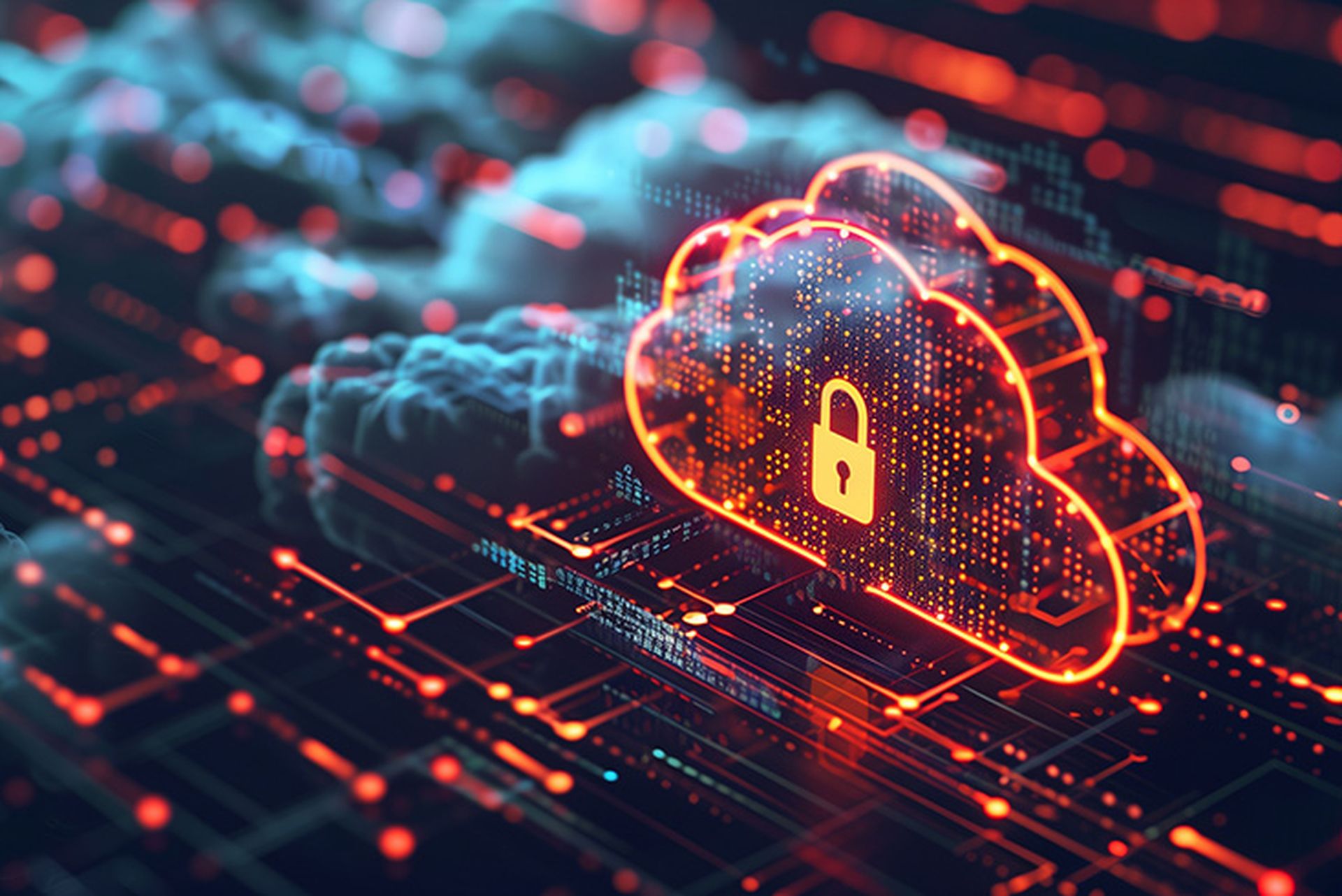COMMENTARY: In today’s cloud-driven world, data security and privacy are more critical than ever. As businesses increasingly depend on cloud services to manage sensitive information, compliance with standards like System and Organization Controls 2 (SOC 2) has become a priority.
SOC 2 compliance goes beyond fulfilling regulatory requirements—it demonstrates to clients that a company has implemented strong security controls. For Software-as-a-Service (SaaS) providers operating in the cloud, achieving SOC 2 compliance bolsters security and also delivers a competitive edge. Many SaaS providers proudly display their SOC 2 certification on their websites, signaling trustworthiness to potential clients. CISOs and other security pros evaluating vendors need to look for SOC 2 compliance as evidence that they can move forward and trust their corporate data to the SaaS provider. Additionally, possessing this certification can significantly streamline vendor questionnaires during procurement processes, saving time and effort.

SOC 2 compliance defined
SOC 2, an auditing standard established by the American Institute of CPAs (AICPA) aims to ensure that technology service providers manage data securely, safeguarding the privacy and interests of their clients. It outlines specific criteria that service organizations—particularly those in technology and cloud services—must meet when handling customer data.
[SC Media Perspectives columns are written by a trusted community of SC Media cybersecurity subject matter experts. Read more Perspectives here.]
The AICPA based SOC 2 on these five criteria:
- Security: Information and systems are protected against unauthorized access, both physical and digital.
- Availability: Systems are operational and accessible as committed or agreed upon.
- Processing integrity: System processing is accurate, valid, complete, and properly authorized.
- Confidentiality: Information marked as confidential gets appropriately safeguarded.
- Privacy: Personal information gets collected, used, retained, and disposed of in compliance with relevant privacy policies and regulations.
Any organization that stores, processes, or transmits customer data—particularly technology and cloud-based services like SaaS providers—should prioritize SOC 2 compliance. It’s especially critical for businesses handling sensitive client information or data subject to regulatory oversight, such as financial institutions, healthcare providers, and legal firms. Achieving SOC 2 compliance reassures clients that a provider can safeguard its data and uphold stringent security standards.
For cloud-based SaaS providers, SOC 2 certification helps attract new customers and also aids in retaining existing ones and expanding into regulated industries that demand formal security controls. So when should companies like cloud startups begin pursuing SOC 2 certification?
The benefits are evident, as it demonstrates technical maturity and responsibility. However, the challenge lies in the time, effort, and resources required to complete the process—something young companies often lack. The short answer: if a company already has customers trusting them with company data, it’s worth pursuing. For small businesses, passing the audit tends to be less daunting, and it’s a significant asset when obtaining cyber insurance.
For SaaS providers operating in the cloud, SOC 2 compliance carries significant implications. Unlike on-premise infrastructure, where organizations have full control over physical and network security, cloud-based environments require a shared responsibility between the cloud provider (such as AWS, Azure, or GCP) and the SaaS organization. This shared model adds layers of complexity to both achieving and maintaining SOC 2 compliance.
Cloud-native SaaS providers must secure their own code and applications and also the configuration and management of the underlying cloud infrastructure. This requires implementing proper controls across several domains that demand specialized cloud expertise, such as identity and access management (IAM), data encryption, monitoring and logging, and vendor management.
As cloud computing grows, many SaaS organizations now operate in multi-cloud or hybrid cloud environments, further complicating SOC 2 compliance by introducing additional layers of complexity.
The next step is passing the audit. The SOC 2 certification process requires the following four stages:
- Gap assessment: Before beginning the SOC 2 audit, many organizations conduct an internal gap assessment to identify areas where they fall short of compliance. This involves reviewing current security controls against SOC 2 criteria and addressing any weaknesses before the formal audit begins.
- Selecting an auditor: A licensed CPA firm or an independent third-party auditor certified to conduct SOC 2 assessments must perform the SOC 2 audit. It’s important to choose an auditor with expertise in cloud-based environments and experience with a similar business, as they will better understand the nuances of cloud-native applications and infrastructure.
- Audit: SOC 2 Type I evaluates the design of controls at a specific point in time. SOC 2 Type II assesses the operational effectiveness of controls over a set period, usually six to 12 months.
- Audit report: Once the CPA firm completes the audit, the organization receives a SOC 2 report detailing whether its security controls meet the relevant criteria. Companies can share the report with clients and prospects to demonstrate compliance.
Achieving SOC 2 compliance can take several months, depending on an organization's readiness and the scope of the audit. The process of auditing and maintaining SOC 2 compliance requires multiple steps. However, adopting some basic best practices can help organizations prepare for the audit and improve the company’s overall security posture:
- Automate security and compliance monitoring: Relying on manual processes can slow down SOC 2 compliance efforts and increase the risk of errors. Implement automated tools that continuously monitor and log activities across a cloud environment to streamline the auditing process. Automation can help detect anomalies, enforce encryption standards, and generate reports that simplify audits. Security automation tools—such as those for IAM, configuration management, and security monitoring—are essential for cloud-native SaaS providers.
- Implement robust documentation practices: Although documentation requires tedious work, it’s a critical part of SOC 2 compliance. Cloud-based organizations must maintain detailed records of security measures, incident response plans, and access logs. Developing a comprehensive documentation system that outlines security policies, procedures, and configurations will support day-to-day operations and make the audit process smoother by offering all necessary information upfront.
- Conduct regular internal audits: Don’t wait for the external SOC 2 audit to uncover gaps in the organization’s security controls. Conduct regular internal or mock audits to assess readiness in advance. This approach lets the company identify and resolve issues early, reducing stress and increasing efficiency during the formal audit. Regular audits also ensure that security controls remain effective as the cloud environment evolves. Don’t make these audits resource-intensive—simple feature or code reviews can make a big difference.
- Leverage third-party compliance tools: A variety of third-party tools are available to help organizations manage SOC 2 compliance. These tools can assist in tracking controls, automating documentation, and continuously monitoring a cloud environment. Many platforms are designed specifically for cloud-native SaaS providers, integrating with major cloud services like AWS and GCP to simplify compliance management.
Achieving SOC 2 compliance represents a significant milestone for any cloud-based SaaS provider. It demonstrates that the organization prioritizes data security, while also unlocking new business opportunities and building customer trust. While it’s a challenging process, by adopting best practices—such as automating security monitoring, maintaining thorough documentation, and conducting regular internal audits—companies can simplify the journey and have greater success.
Shira Shamban, co-founder and CEO, Solvo
SC Media Perspectives columns are written by a trusted community of SC Media cybersecurity subject matter experts. Each contribution has a goal of bringing a unique voice to important cybersecurity topics. Content strives to be of the highest quality, objective and non-commercial.




